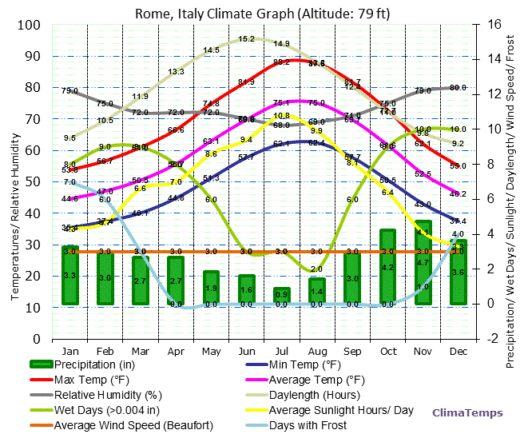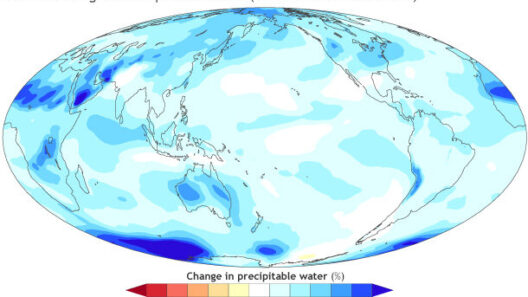Languages, like ecosystems, are intricate webs woven over millennia, each thread telling a story unique to its culture and its people. The term “global warming” is a critical concept illuminating the urgent discourse on climate change—a phenomenon that transcends borders, cultures, and languages. In Spanish, this alarm bell sounds as “calentamiento global.” This phrase, while seemingly straightforward, encapsulates a wealth of meaning and urgency as it translates not just words, but the shared responsibility of humanity to confront an impending crisis.
The significance of “calentamiento global” goes beyond the mere act of translation; it opens a gateway into how different cultures interpret and engage with climate issues. Climate change is not just a political talking point; it is woven into the fabric of linguistic expressions around the world. Each language carries with it unique connotations and cultural nuances. For example, in French, “réchauffement climatique” similarly emphasizes the warming aspect while accentuating the climatic context. It invites speakers to ponder the delicate balance maintained within the earth’s systems. Likewise, the German phrase “globale Erwärmung” evokes a collective consciousness, underscoring the universal nature of the challenge we all face.
When discussing global warming, the lexicon used is essential. Simple as the term “calentamiento global” may be, its implications are profound. It suggests a story of rising temperatures, melting ice caps, and shifting weather patterns that are altering how we inhabit this planet. This narrative risks being lost in translation if we fail to recognize the emotional weight these words carry in different languages. The notion of “warming” does not merely signify an increase in temperature; it conjures imagery of a planet in distress, ecosystems at risk, and communities grappling with adaptation and loss.
As we delve deeper into the multilingual aspect of climate change communication, it becomes necessary to recognize the role of non-verbal elements and metaphors in every culture. For instance, indigenous languages often encapsulate a profound connection to nature, reflecting how the environment is perceived and revered. The Maori phrase “tāwhirimātea,” which refers to the weather god, emphasizes a kinship with atmospheric phenomena, suggesting an understanding that humans are not separate from nature but are part of a larger, living entity. This interplay serves as a potent reminder that language reflects our values and philosophies towards the world around us.
The metaphorical landscapes we traverse in these discussions reveal much about our priorities. In English, terms like “carbon footprint” and “greenhouse gas emissions” not only describe environmental impacts but also invite a cultural reckoning with sustainability: a required shift towards eco-conscious living. Similarly, in Spanish, “huella de carbono” and “gases de efecto invernadero” ground the conversation in actionable realities. These phrases can serve as rallying cries, particularly among younger generations who are becoming increasingly vocal advocates for environmental stewardship.
The challenge lies in ensuring that the urgency conveyed through one language resonates within others. The disparities in climate vocabulary can sometimes lead to misunderstandings, but they can also provide a tool for solidarity. A term like “sostenibilidad” in Spanish embodies a commitment to maintaining balance between human pursuits and ecological preservation, paralleling the English notion of sustainability. This cross-cultural harmony is essential; it forms the bedrock of a united global response to climate change, which, after all, does not recognize linguistic barriers.
Creating a universal language of climate change requires diligent efforts in cross-communication and cultural sensitivity. Where one may use scientific terminology to describe the consequences of global warming, another might draw upon traditional narratives or folklore to instill a profound sense of responsibility. This rich tapestry of discourse fosters more inclusive dialogues, laying pathways to collaborative solutions. Efforts to incorporate indigenous wisdom into climate conversations can reveal traditional ecological knowledge long overlooked in the arena of modern environmentalism.
An entertaining yet sobering metaphor emerges when we consider the climate crisis as a “global orchestra,” where each language acts as an instrument contributing its unique timbre. Some languages bring forth rhythms of urgency, while others harmonize with melodies of community resilience. In this orchestra, the conductor—the overarching goal of fighting climate change—neither maligns nor elevates one instrument over the others. It recognizes that cohesiveness is necessary for a symphony capable of reverberating profound messages across the globe.
In conclusion, discussing “global warming” across languages sheds light on the shared narratives that unite us in the pursuit of climate action. The term “calentamiento global” in Spanish, along with its counterparts in other languages, is not just a descriptor; it signifies a call to awareness and invokes a deep sense of integrity and urgency to act. Understanding and respecting the multitude of expressions surrounding climate change can foster a richer dialogue that embraces diversity while striving toward a common objective: a sustainable and thriving planet for generations to come. Language, in its many forms, remains one of our most potent tools in addressing this global crisis, rendering our conversations more impactful and meaningful as we navigate the challenges ahead.








